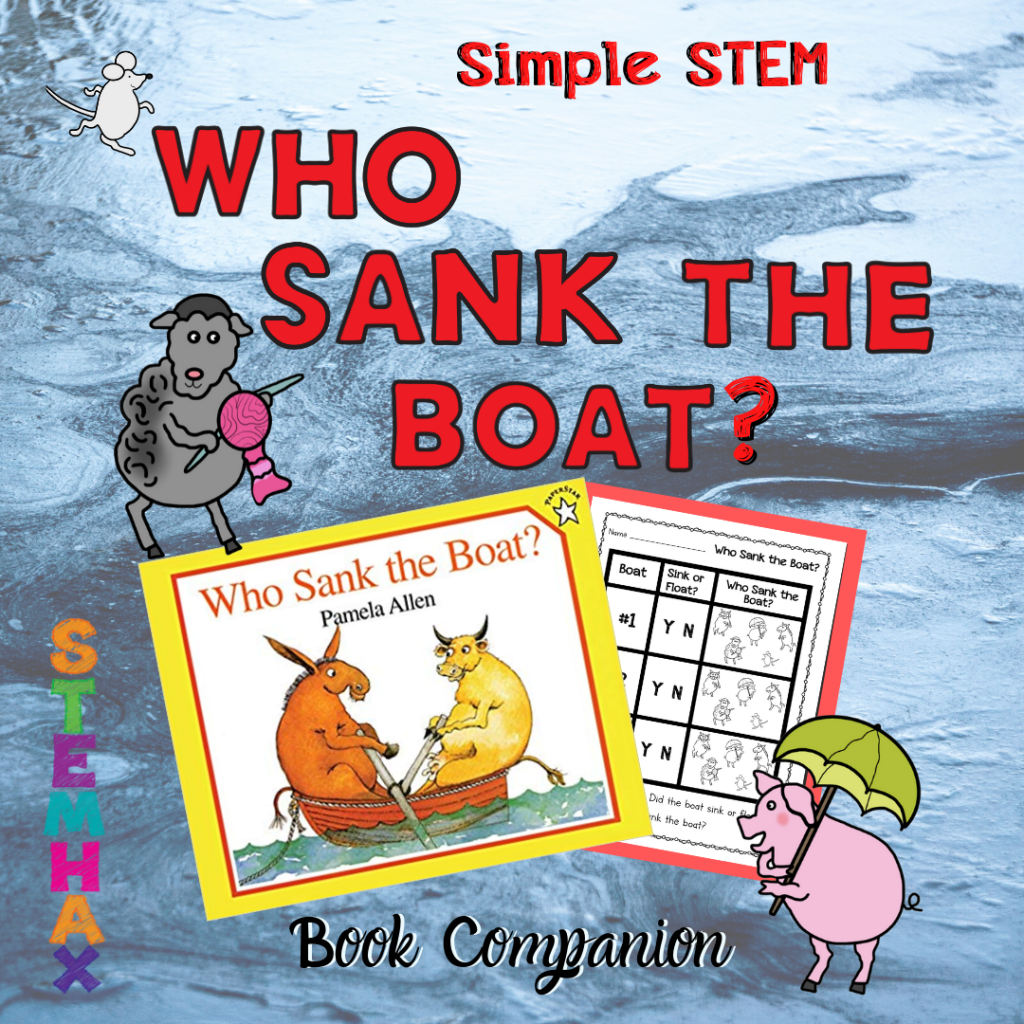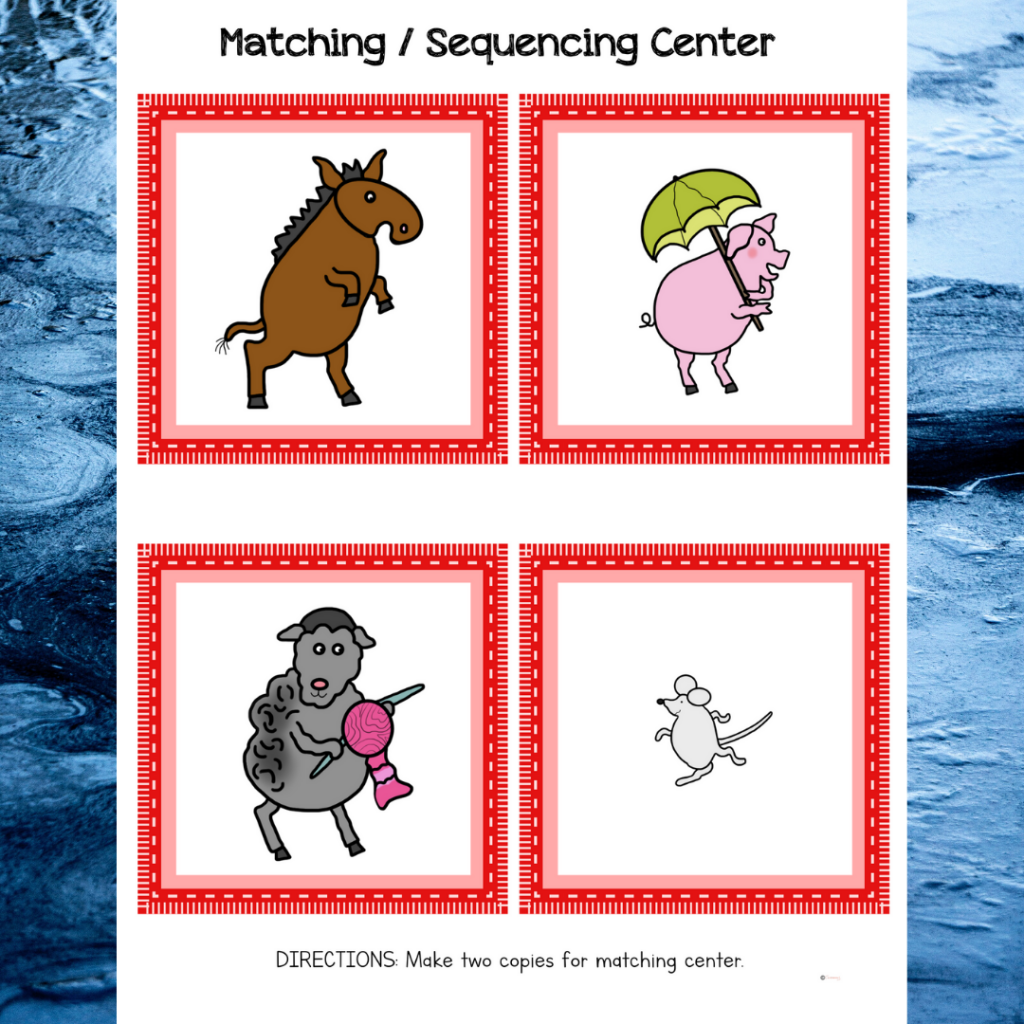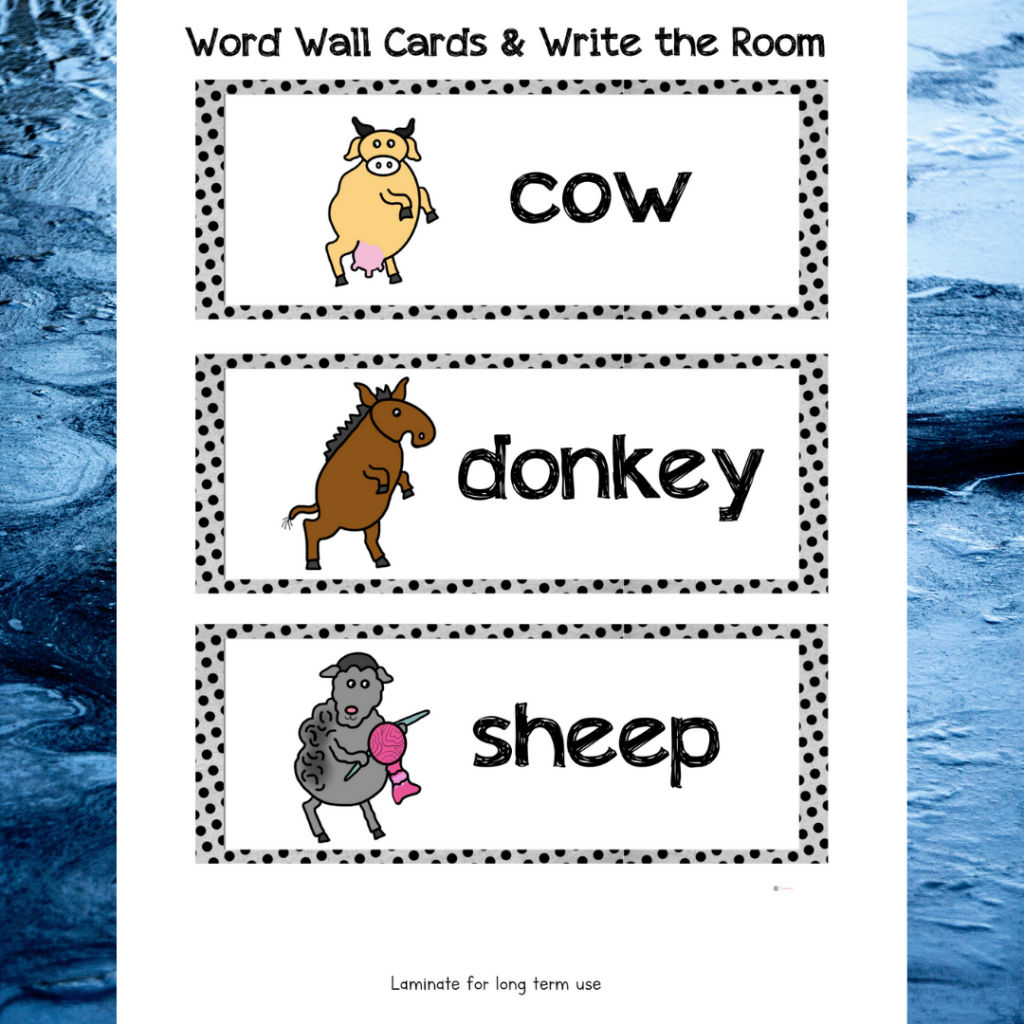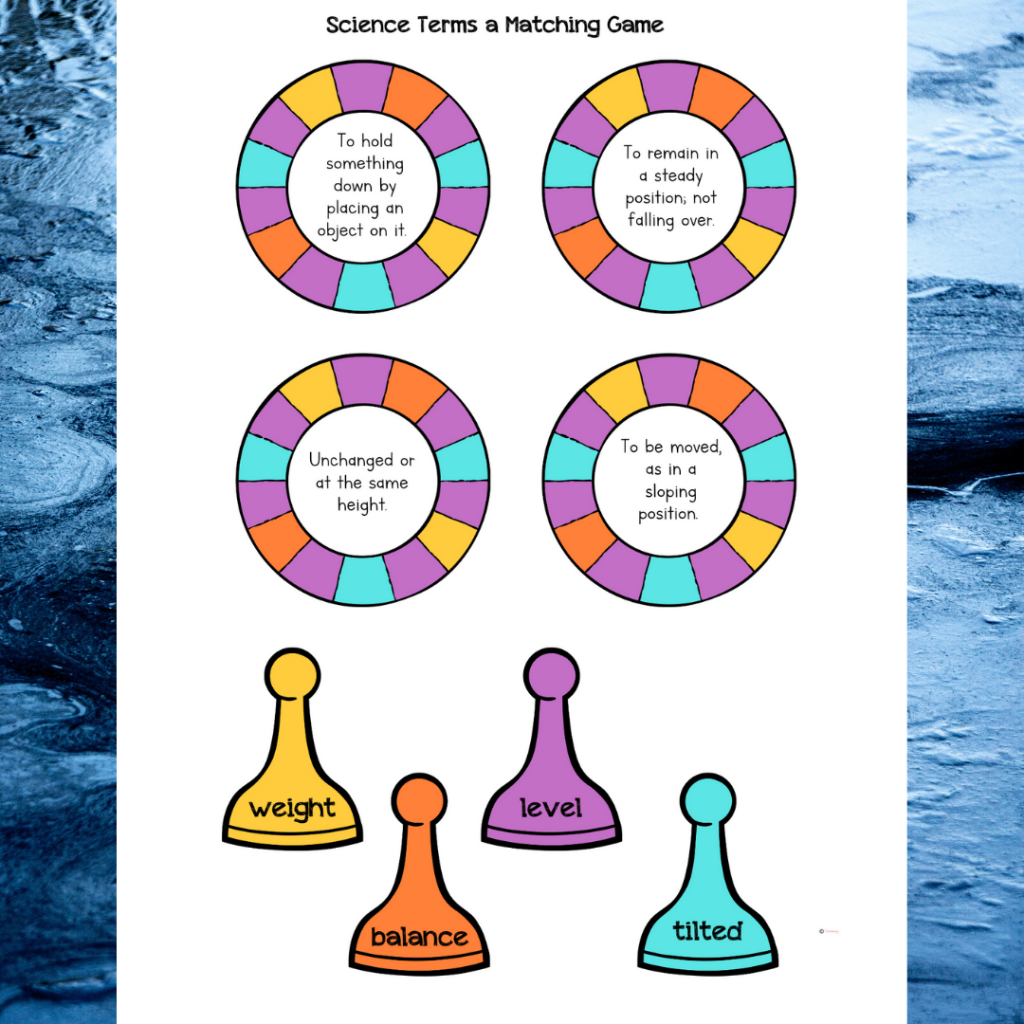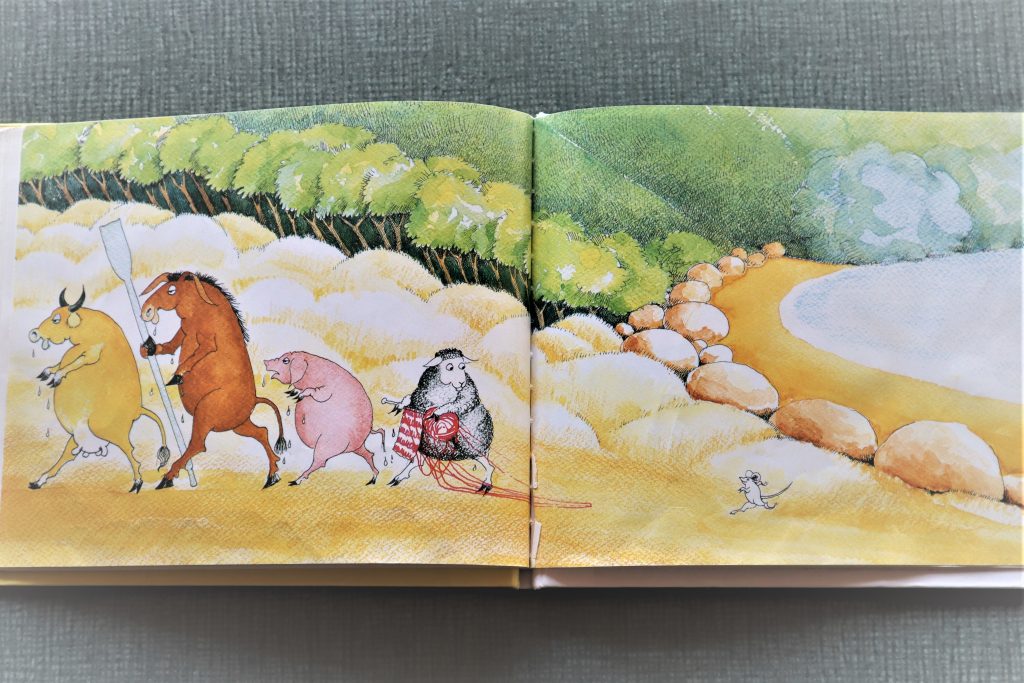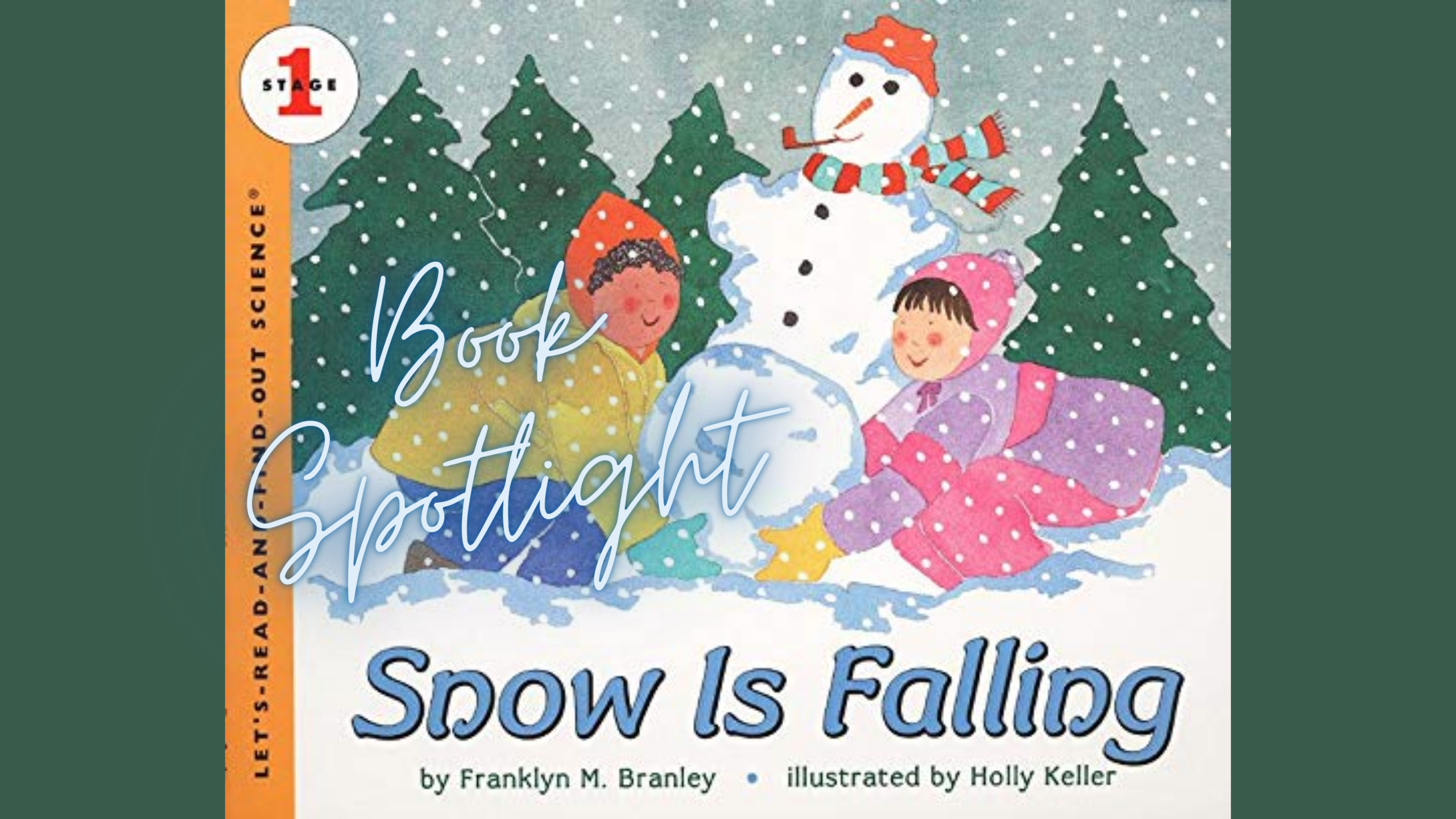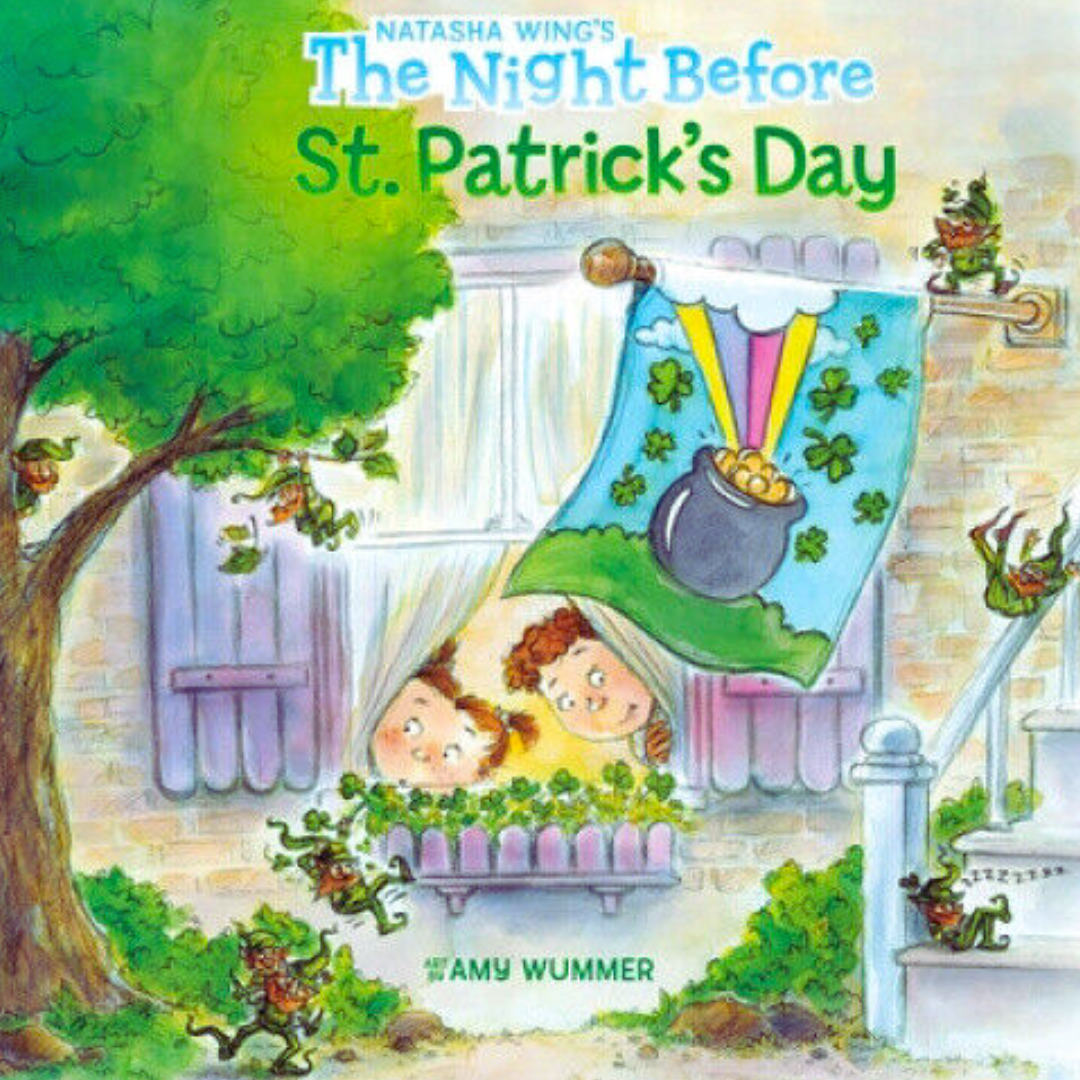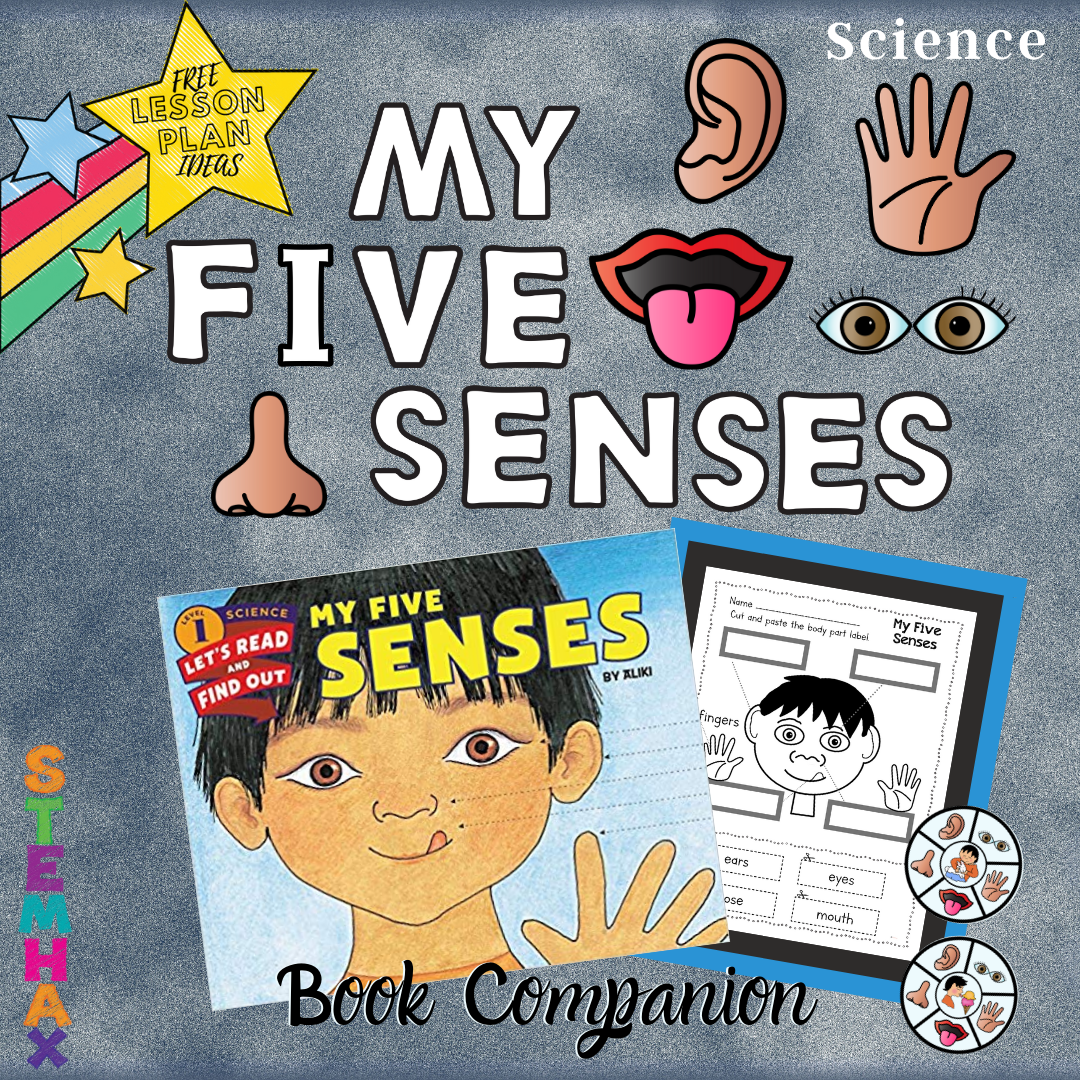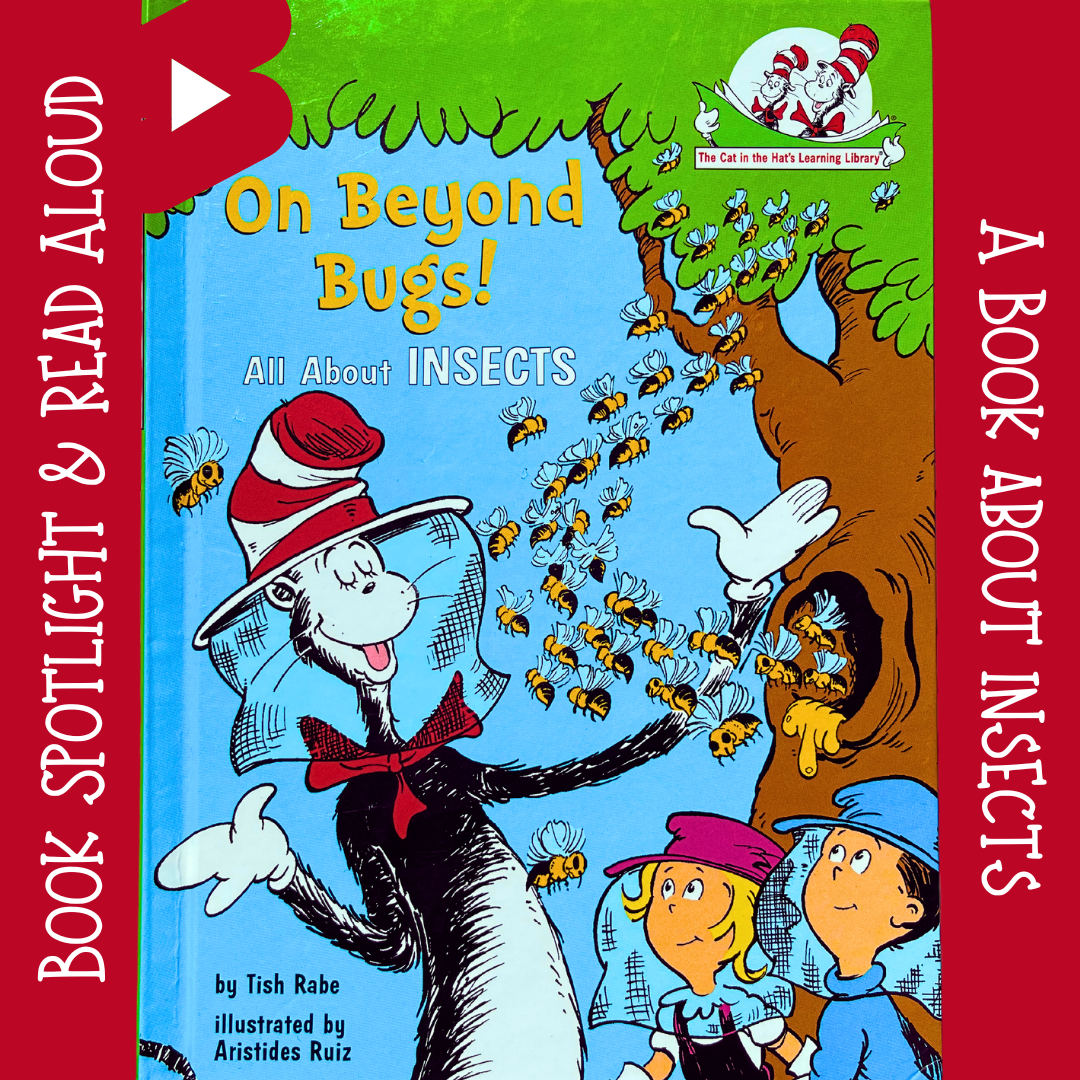Who Sank the Boat?
Book Spotlight and Simple STEM Challenge: Who Sank the Boat?
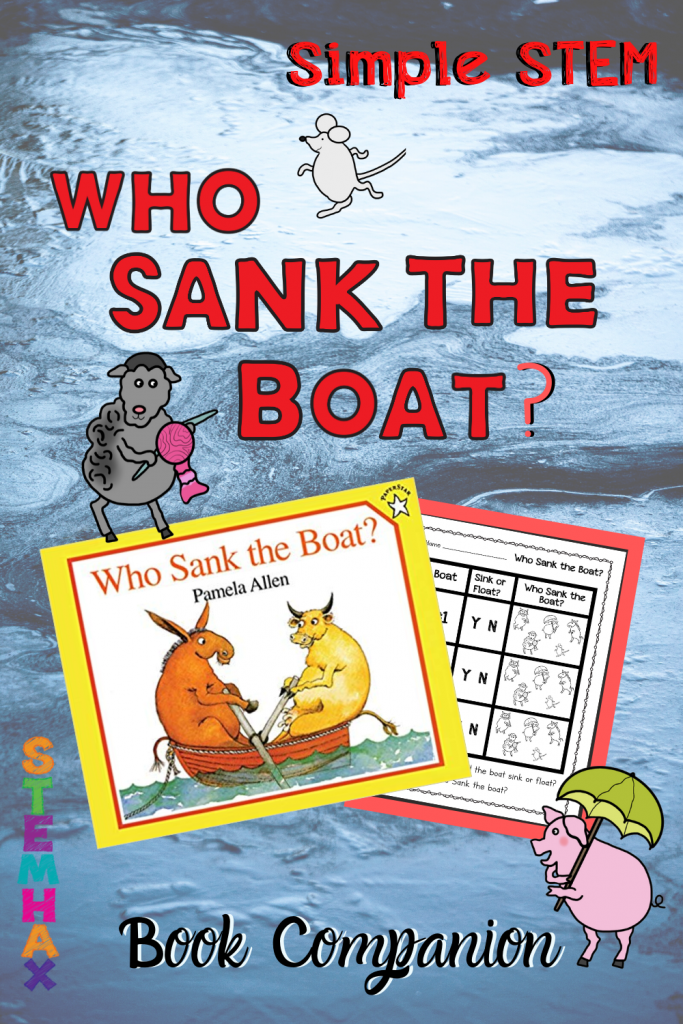
Introducing Children to Sink or Float
We had so much fun designing this Simple STEM challenge for young learners. The concept is sink or float. The inspiration for this Simple STEM Challenge was from Who Sank the Boat? written by Pamela Allen. The book was originally published in 1982.
Overview
The design of this lesson can be done between 2-5 days. Pick and choose what works for you. The exploration project is for young learners, they will design and test boats and answer the question “Who sank the boat?”
Kids can work in groups, pairs, or alone.
There are many wonderful resources to add to any good lesson plan. This post contains some of my favorite fun and FREE resources!
Exploring Who Sank the Boat? with Young Learners
First, start with a book cover inspection. Show children the cover of the book, and ask, “what do you think this book is about?” Follow this with some open ended questions to get their minds warmed up.
- What are some examples of boats?
- How could a boat sink?
- What is it like to be on a boat?
- Why do you think this book is fiction?
After reading the book for the first time, ask more open-ended questions. Remember there are no wrong answers. Some questions might include:
- Who sank the boat?
- Why did the boat sink?
- How did the animals feel when the boat sank?
- Do you think the mouse was responsible for the sinking of the boat? Why?
Day 1: Engage
Who Sank the Boat?
First of all, as a parent and implementation teacher of STEM, this is a book that I recommend for every early childhood library; home or school. The illustrations are lovely and the story is comical, not to mention the scientific introductions of the concepts of sink or float.
Here is an online reading of Who Sank the Boat? for your watching pleasure. The book has been published many times since the first printing. The book in the read aloud is a first printing, and was well read.
I have created an affordable book companion for “Who Sank the Boat” and it is in my TpT Store.
Cows
One of the objectives is for children to build a model of the five animals represented in the book. Once they learn a little about the animal they can build a play dough small scale replica of the animals. Depending on the age and time allotment per day, making the animals might be all done in one day or spread over a week.
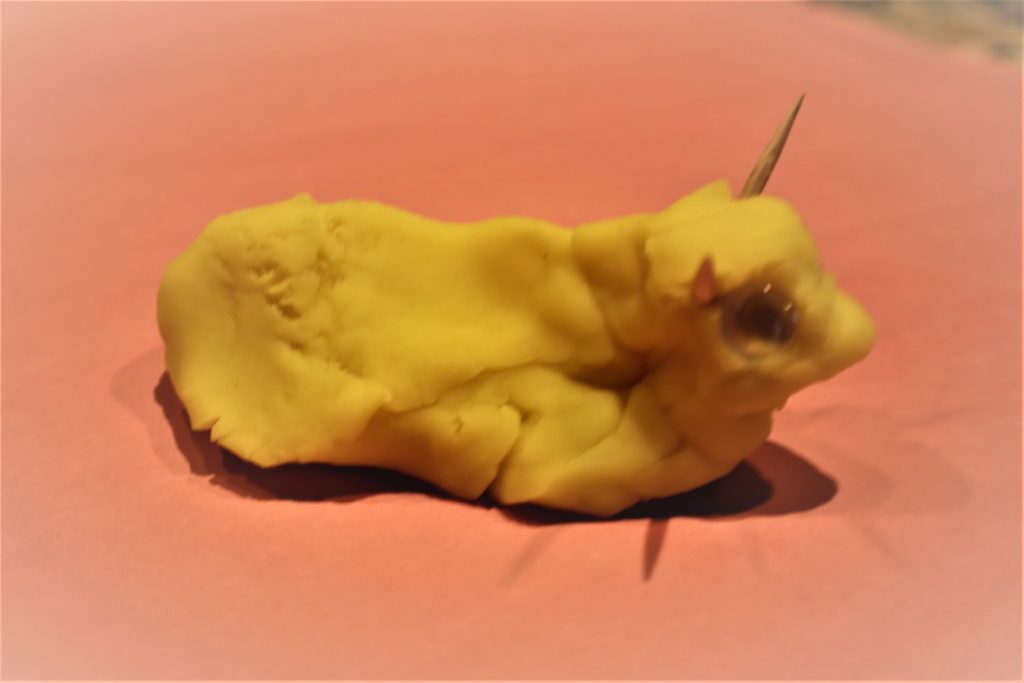
Here is a quick video from “All Thinks Animal TV” on YouTube. I like this video because it gives kids the understanding that cows are big animals.
Day 2
REVIEW: If you downloaded the packet you may start the lesson with a sequencing review activity. Using the cards have the students see if they can remember the order in which the animals got into the boat. Ask questions like “Did they get in the boat according to size or color?”
There are cards with several options that can be used as a center. However, for the animal order all you would need are the five animal cards. Alternatively, you can write the names of the animals on index cards, too.
Donkey: Just a Bit of Donkey Love
Adding technology to lesson plans is important. It is also very helpful when it comes to sharing animals like a donkey. Check out this video from Nat Geo Wild on YouTube.
After watching this video, an interesting question might be “Could a donkey really climb into a boat from a dock?” Kids can use evidence to back up their answers from the video. Donkey’s are very intelligent and the kids will be amazed that this donkey has learned how to open a door.
Time to make the donkey.
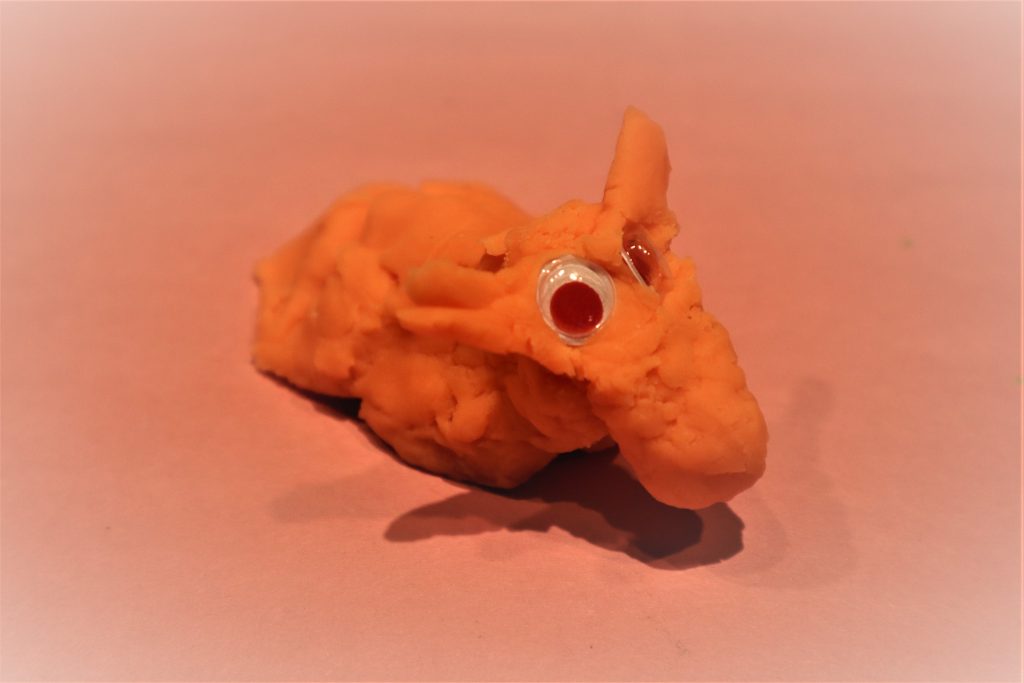
Day 3
WRITE THE ROOM: Kids love to write the room. This is a fun activity to help reinforce the words from the story. Simply print the word wall cards and hang them around the classroom or house. Give students a clipboard with the printed write the room sheet from the packet download (or make your own). Here is a sample of the word wall cards from the download.
Sheep
Kids will anticipate that sheep will be the next animal covered, as they are getting familiar with the sequencing of the animals entering the boat. Here is a video for their entertainment and visuals for making their sheep models for the experiment.
Sheep Shearing
Kids and adults will enjoy watching this video about sheep shearing from the Bee Bright YouTube Channel.
After watching this video ask your students why they believe the sheep was knitting in the story. And have a review session about what they learned from the sheep shearing video.
Time to make the sheep.

Day 4
LEARNING SCIENCE TERMS: Today’s lesson begins with learning several of the science terms from the book. Young learners will enjoy learning what these four words mean and each time the book is read they will understand the meaning more in depth. The words are weight, balanced, level and tilted. Make your own vocabulary cards or use the game pieces from the download in the packet. Simply print one per student or laminate for partner practice.
Pig
Pigs and umbrellas? Why is the pig carrying an umbrella in the story?
Pigs for Kids
This video from Socratica Kids is very informational and will answer the umbrella question.
Discuss some cool things learned about pigs. Creating a fact web or anchor chart will be a good review for the video.
Time to make the pig. Don’t forget the pigtail.
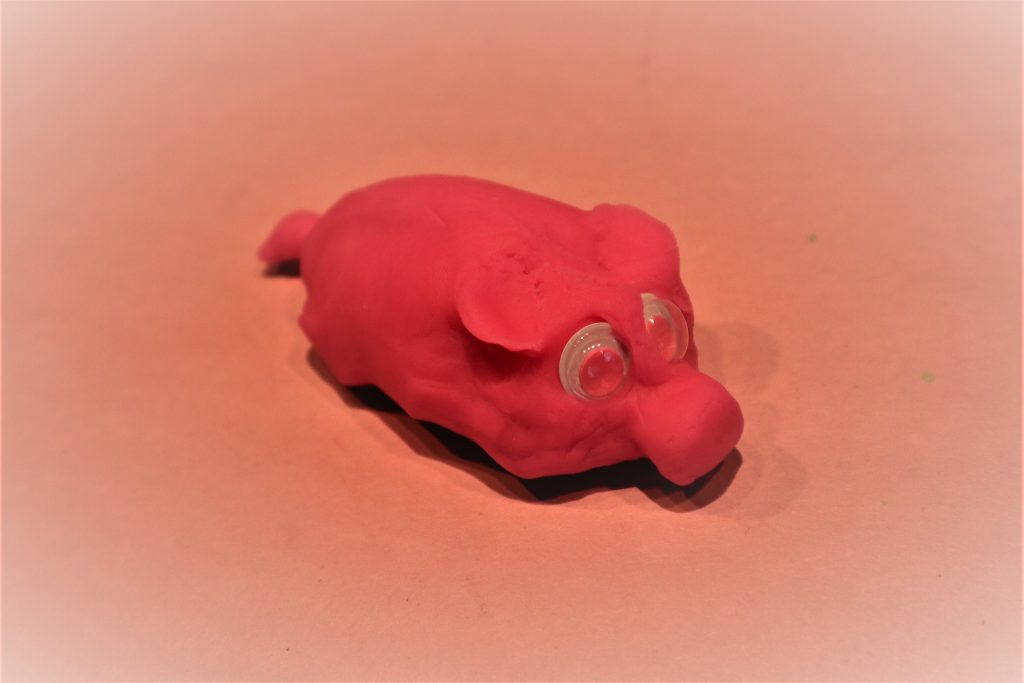
Day 5
EXPERIMENT DAY: If you are doing this with many children it is best to do this in groups of three. This is where students fill out the “Who Sank the Boat” recording sheet. If you are doing this at home, your child make three boats to test. In addition to the foil, you can allow them to use other objects to design their boats; such as plastic lids or cardboard.
Mouse
This video is just cute. Share this so that kids can be get an idea of what they might make their mice look like. There are no facts for review, this is just an engaging video for physical reference.
Time to make the mouse. Use the video so you don’t forget the mouse ears like I did.
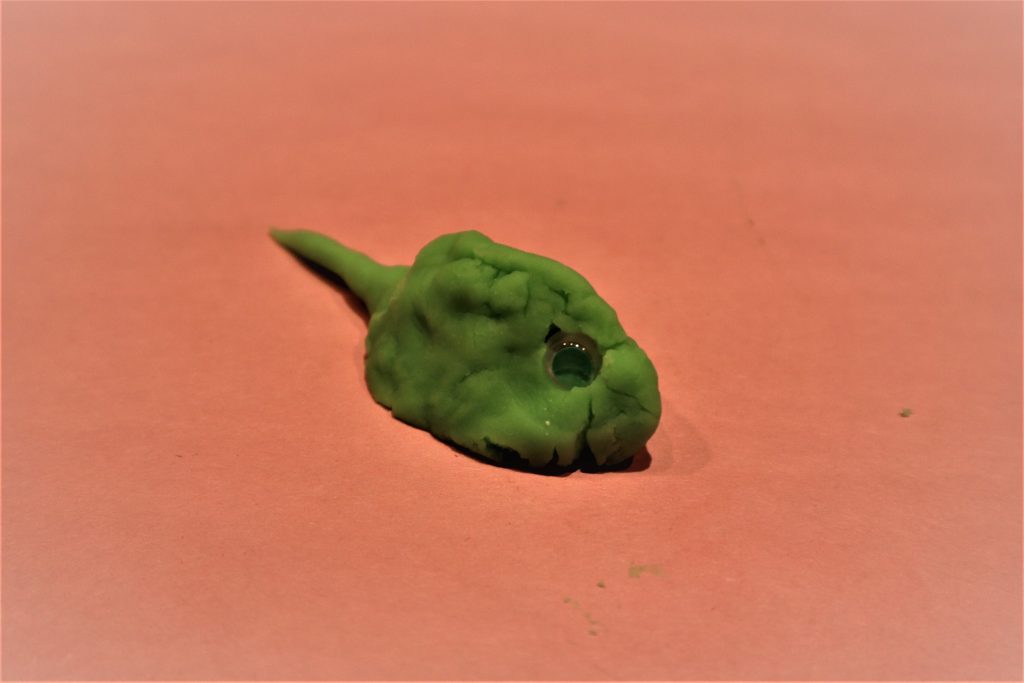
Engineering a Boat
Now that all the five animals are made it is time to make the boats. You can make one, two, or three boats. Have the kids try to replicate the row boat from the story and test with small rocks (or pennies). This will give them a gauge to use as an estimate as to who will sink the boat. Check out this video to see how I tested with rocks first.
You may want to skip the rocks depending on the ability of the students and their estimation skills.
How to Row a Boat
Check out this video from Boats.com for design features and little more leaning information about the row boat from the story. I like how the presenter states the importance of stepping in the middle of the boat to keep it from tilting, unlike the cow in the story who stepped on the end of the boat.
Discuss ways they can use the foil to make a boat. Try not to put to many restrictions on the boat design. If your child would like to use a paper and pencil to plan their design please have it available. This is simple STEM so this planning part it not always a required step for very young learners.

Re-Read Who Sank the Boat?
Once all the animals are complete and the boats are finished it is time to re-read the book or watch it again online. The illustrations will become more relevant and appreciated, too. The subtle humor and the anticipation of testing their boats with the animals will be heightened.
Small Group Boat Design Testing
The download includes some items for kids to complete while the teacher is testing the boat designs in small groups. There are matching and sequencing centers, a sequencing cut and paste, crossword puzzle, word search and coloring page.
Finally, there is a writing prompt when students have all tested their boats. It is very open ended and your child can write about the book, the experiment or any animal. Children love options give them two or three concepts to pick from and they will be eager to write.
Final Thoughts
Once you assess what kids already know and what they are interested in learning more about, you can alter the sink or float exploration to meet their needs. This post is a starting point and guide to help share this cool book Who Sank the Boat?
Thank you for taking the time to read this blog post. If you found this helpful and would like to follow us and learn about our lesson planning resources, we are on social media @STEMHAX.
The full downloadable packet with all the printables are available in my TpT Store.
This post contains affiliate links; if you make a purchase, I may make a small commission at zero cost to you. THANK YOU!!
Join our e-mail list for new book spotlights, giveaways and more. We will never sell or share your contact information. Unsubscribe at any time.
Book Spotlight Author Opportunity
Are you a children’s book author, with a STEMHAX match? Would you like to be featured as a book spotlight? Please reach out to us on Facebook or Contact Us through the STEMHAX submission page. Because our focus is through the STEMHAX acronym all submissions must align with our mission. Thank you.


